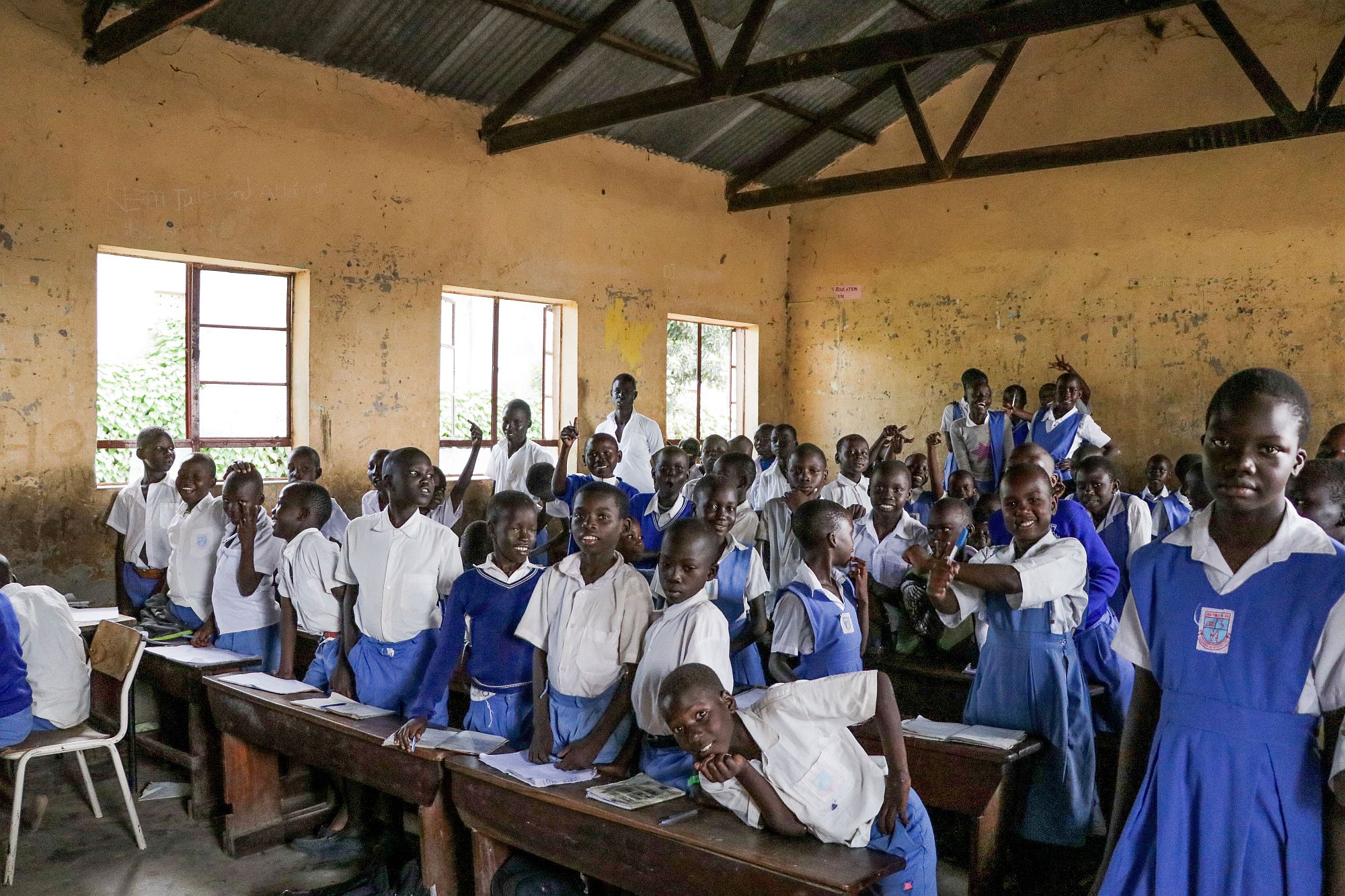Focus Areas
SUIDAC is partnering with nine secondary cities in five countries that all face similar challenges in hosting large numbers of displaced populations:
- Limited local capacity due to ineffective decentralisation and devolution processes
- Inadequate urban infrastructure that fails to meet the needs of current and future residents
- Lack of precise data on the number of urban forcibly displaced persons, especially in secondary cities

Kananga is the capital city of Kasai Central Province, which hosts approximately 4,500 IDPs. Kananga is the fourth most populous urban area in the DRC, with an estimated population of about 1.5 million.
The city is an important commercial centre, but its business environment is negatively impacted by the lack of urban planning, resulting in a declining rate of public service delivery in areas such as water and waste management.
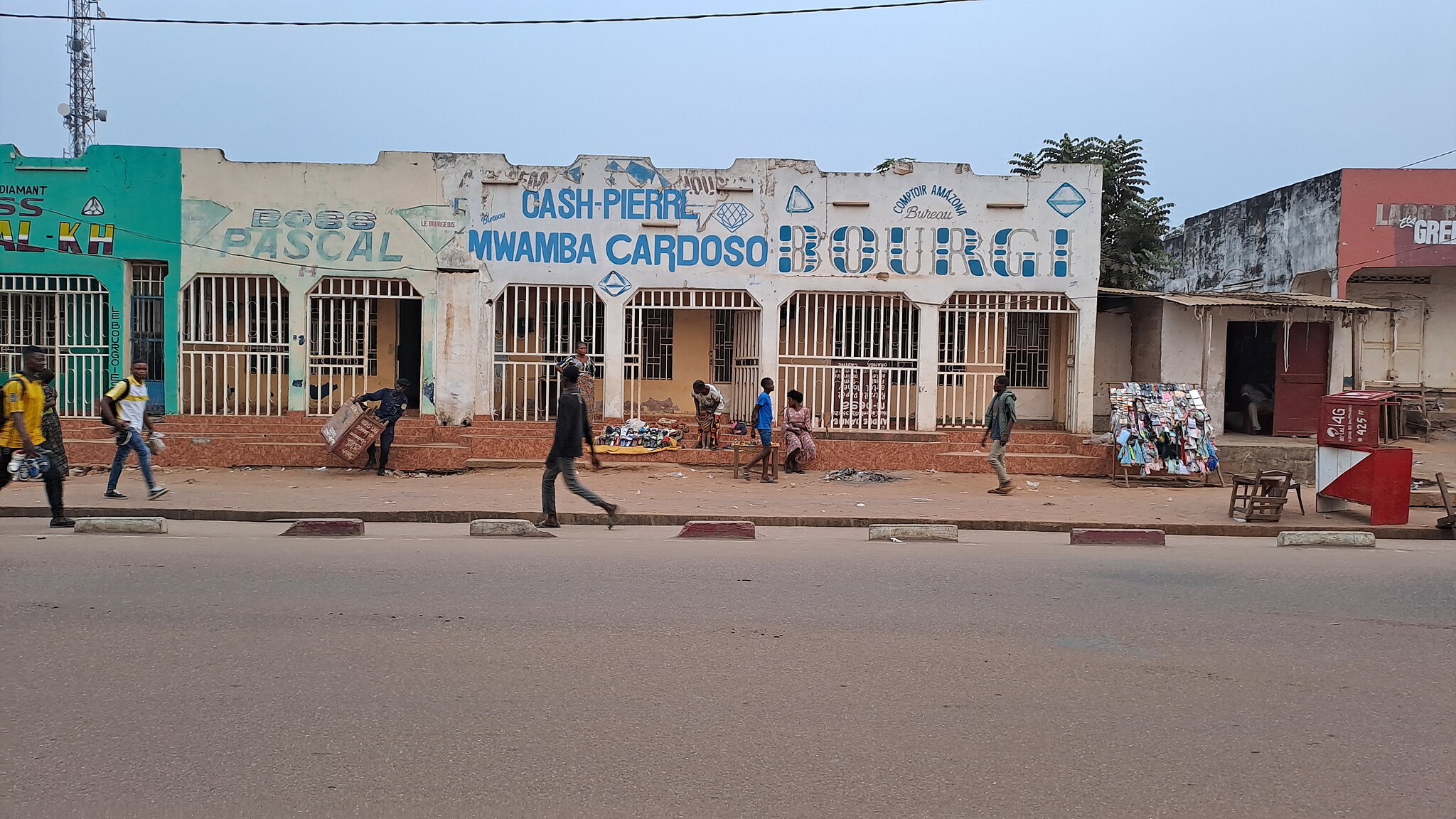
Tshikapa is the capital – and only – city in Kasai Province. Due to its geographic location and paved road connection to Kinshasa, Tshikapa is the main commercial hub for the Greater Kasai region; onward roads to the rest of the region are in very poor condition.
Kasai province is wealthy in mineral resources, including diamonds and their trade – one of Tshikapa’s main commercial activities. The sector has little oversight, however, and government monitoring capacities are minimal.
Overall, economic development is limited, and the majority of the population survives on subsistence agriculture which is highly susceptible to outside shocks.
Since the end of 2018, the Kasai province has witnessed a massive population influx due to the expulsion of Congolese migrants from Angola, mainly through the Kamako border crossing point. This has led to serious humanitarian challenges for border communities and the main population hubs, notably Tshikapa. There are approximately 68,000 IDPs in Kasai Province.
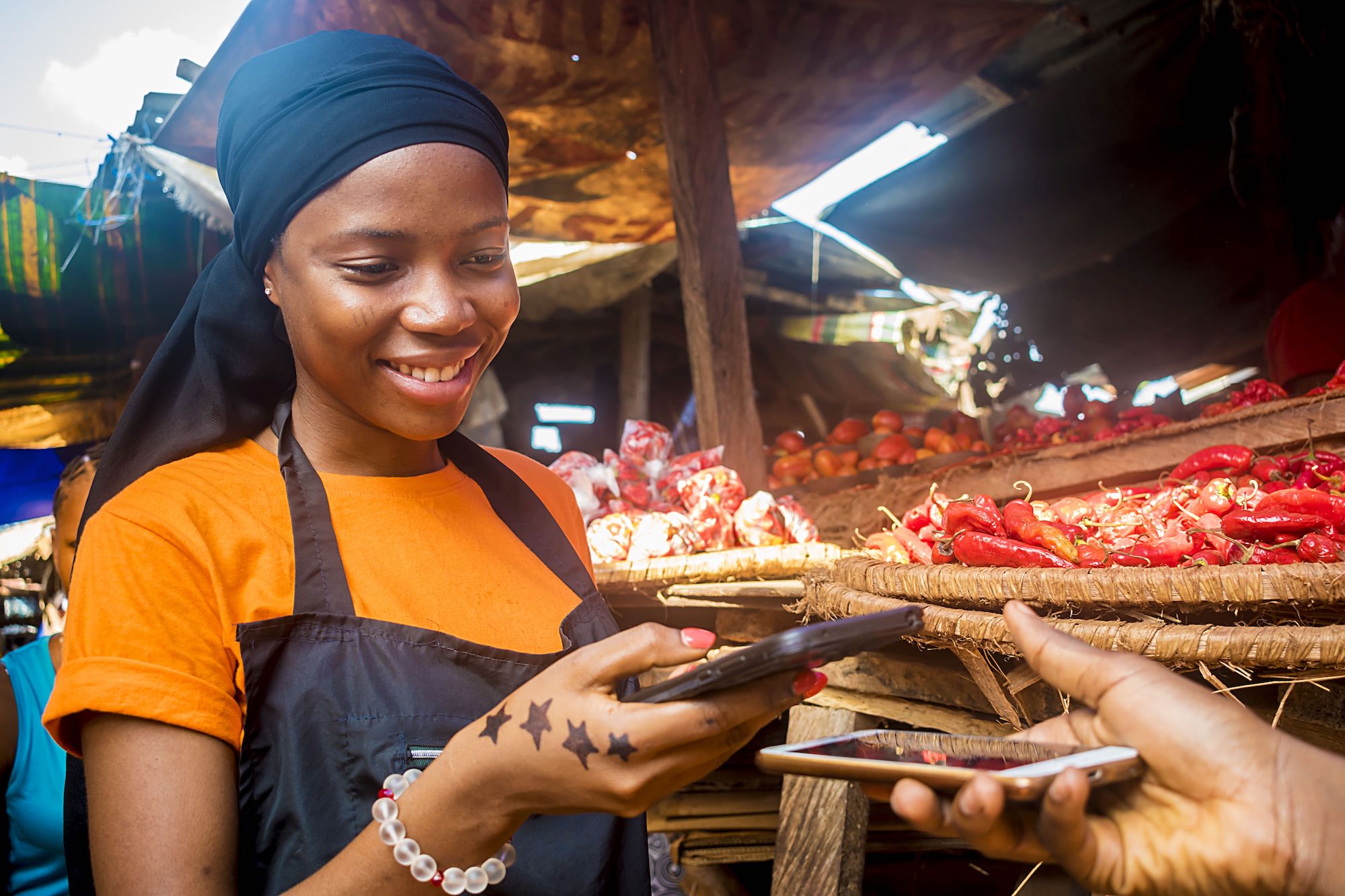
Assosa is the capital of the Benishangul-Gumuz Region in western Ethiopia. Located near the border with Sudan, Assosa is a central crossroads for migrants within Ethiopia and along the northern migration route.
As a result, Assosa’s population has almost tripled in the past 12 years. There was initially considerable resistance to refugees in Assosa because they had no legal grounds to settle there, and resources were already scarce.
In Assosa, most refugees reside in camps. There are five refugee camps located 30 km from the city centre that host more than 60,000 refugees, with a vast majority from South Sudan.
Assosa previously partnered with Cities Alliance for the CRRF: Inclusive Urban Development and Mobility Action (2019–2023) funded by the European Union.
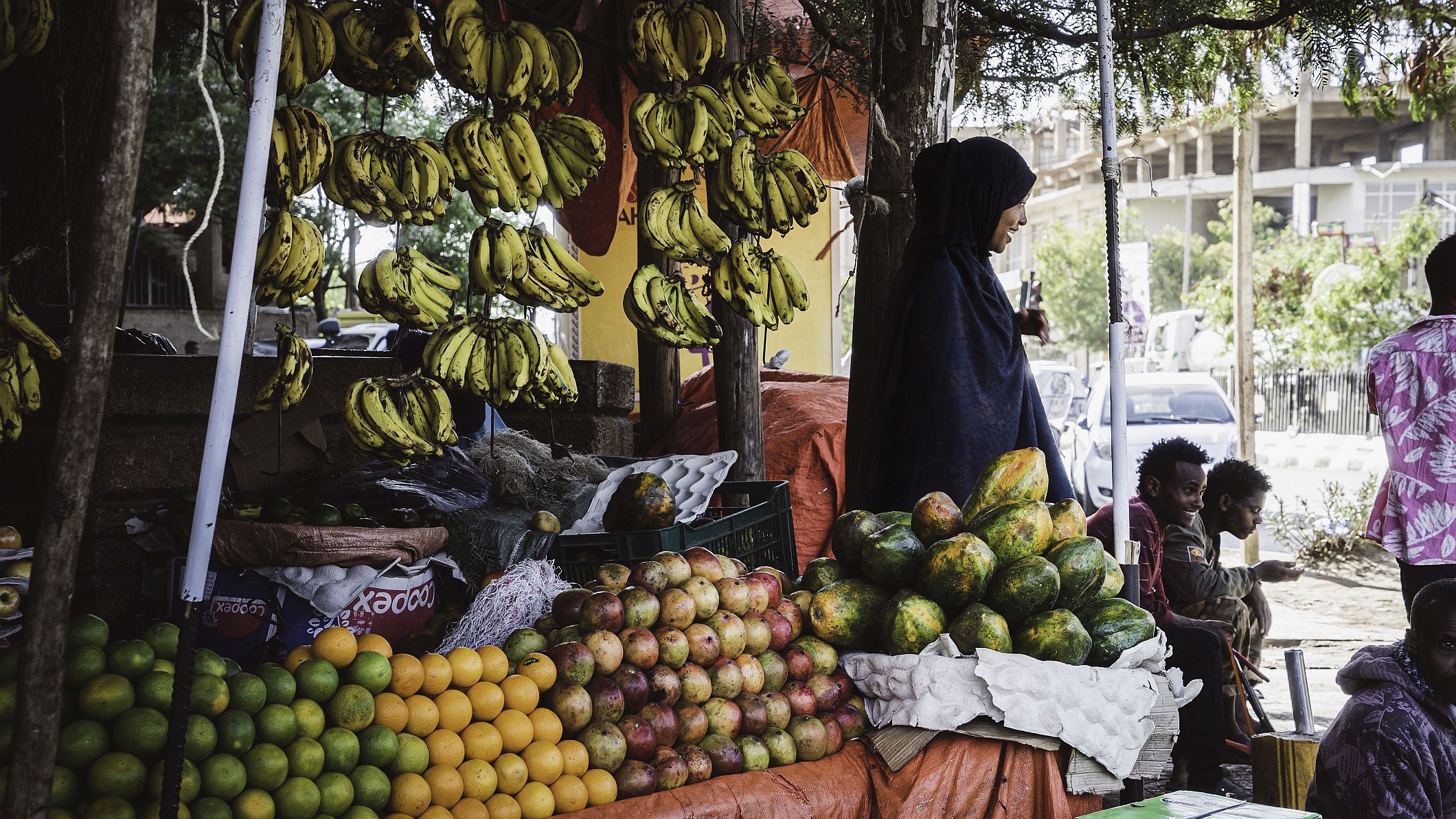
The Ethiopian Somali Region and its capital, Jigjiga City, have experienced significant economic growth thanks to the social and financial capital investments by the Somali diaspora and returnees.
Both areas are experiencing significant migration influxes, often induced by climate change. These rural-to-urban labour migrants, IDPs, and refugees suffer from poverty and exclusion, with women and girls disproportionately affected.
In Jigjiga, around 40,000 refugees reside in three camps. Some refugees also live near the camps, impacting the Jigjiga host communities.
A key challenge for regional and local authorities is making economic growth more equitable, with more migrants and vulnerable host community members benefiting from increasing economic opportunities and services.

Borama is the largest city in the Awdal region of Somalia and a commercial hub near the border with Ethiopia.
Because Borama shares many similarities with its neighbour, Gabiley, SUIDAC is focusing on the two cities as a cluster.
Both cities host significant numbers of displaced people and migrants. The Somaliland Refugees and Displaced Persons Agency is responsible for 257,000 IDPs, more than 20,000 refugees, and 150,000 migrants; 58,566 are located in the Awdal region (Borama) while 128,652 are in the Woqooyi Galbeed region (Gabiley).
They all need basic services, including water, shelter and health services. There has been major concern with safety, protection and equality of vulnerable host communities and displaced communities in Borama and Gabiley.
Most of the IDPs and poor communities live in the slums, which are now increasing in land size and population. Those communities do not have access to proper shelter, safe and clean water, quality education, and health care services. Gabiley and Borama city authorities have identified waste management and housing as two areas that require urgent intervention.
The Borama and Gabiley governments have already committed to including displacement-specific elements in development plans, poverty alleviation initiatives, urban planning processes, and other relevant development plans and programmes.
Both cities previously partnered with Cities Alliance for the CRRF: Inclusive Urban Development and Mobility Action (2019–2023) funded by the European Union.
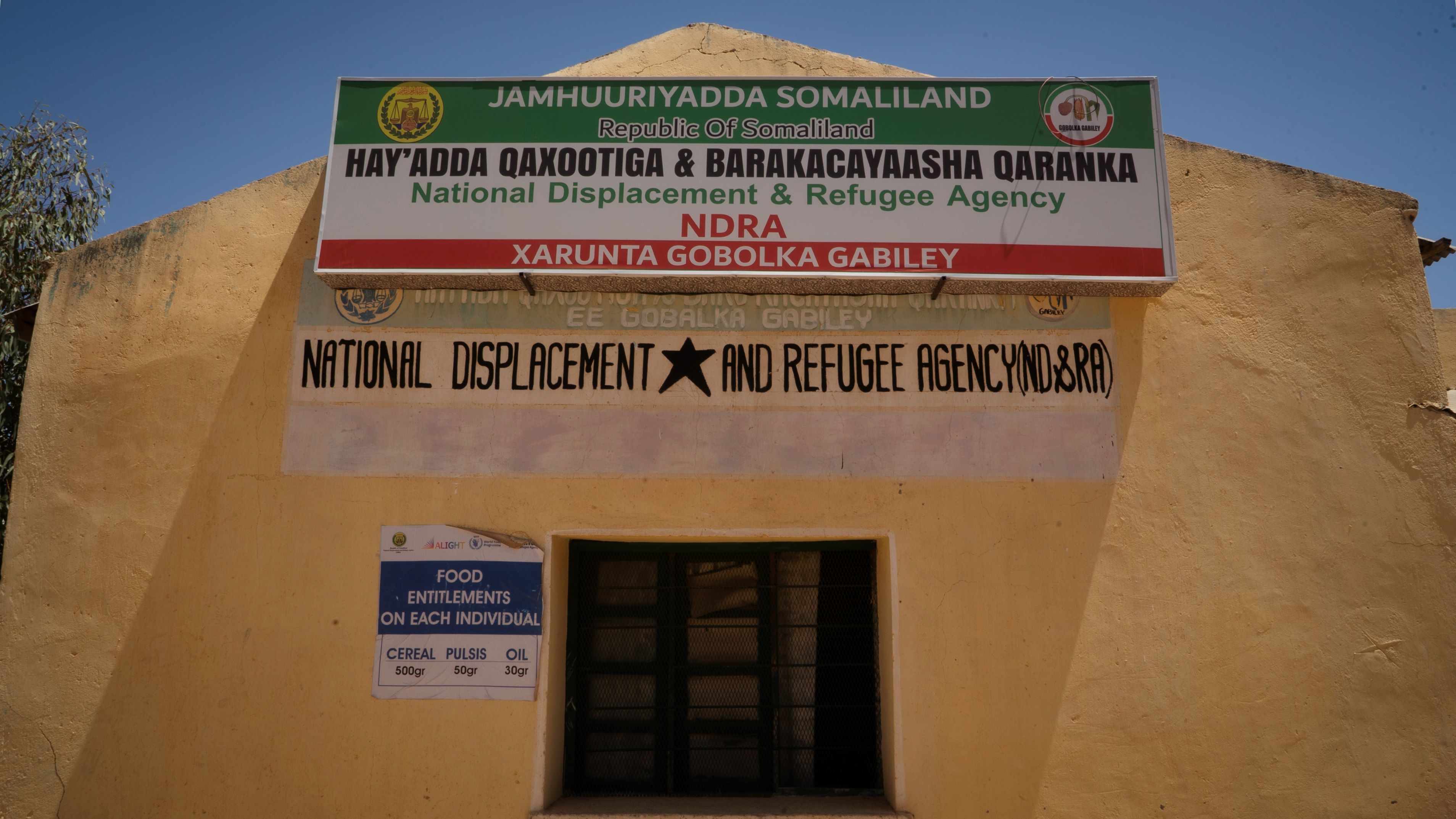
Gabiley is the capital of Gabiley District in the Woqooyi Galbeed region of Somalia near the border with Ethiopia.
Because Gabiley shares many similarities with the nearby city of, Borama, SUIDAC is focusing on the two cities as a cluster.
Both cities host significant numbers of displaced people and migrants. The Somaliland Refugees and Displaced Persons Agency is responsible for 257,000 IDPs, more than 20,000 refugees, and 150,000 migrants; 58,566 are located in the Awdal region (Borama) while 128,652 are in the Woqooyi Galbeed region (Gabiley).
They all need basic services, including water, shelter and health services. There has been major concern with safety, protection and equality of vulnerable host communities and displaced communities in Borama and Gabiley.
Most of the IDPs and poor communities live in the slums, which are now increasing in land size and population. Those communities do not have access to proper shelter, safe and clean water, quality education, and health care services. Gabiley and Borama city authorities have identified waste management and housing as two areas that require urgent intervention.
The Borama and Gabiley governments have already committed to including displacement-specific elements in development plans, poverty alleviation initiatives, urban planning processes, and other relevant development plans and programmes.
Both cities previously partnered with Cities Alliance for the CRRF: Inclusive Urban Development and Mobility Action (2019–2023) funded by the European Union.
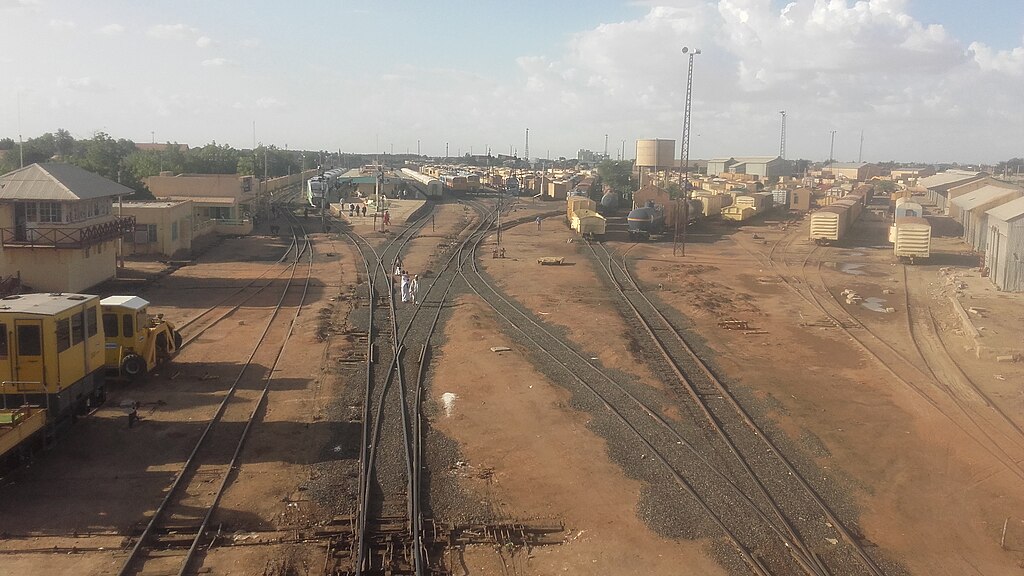
Atbara is a city located in River Nile State in northeastern Sudan and is known for its links to the Sudanese railway industry.
Since April 2023, the region has one of the highest proportions of people displaced within Sudan – almost 400,000 IDPs, or more than 16% of the total IDPs in Sudan.
There is an additional mix of migrants and non-Arab tribes who are often employed in low-paying occupations. Authorities are looking for ways to enhance the management of forced displacement in their areas. There are potential economic activities to be developed in the area, particularly along the railway and due to its proximity to the Nile lands.
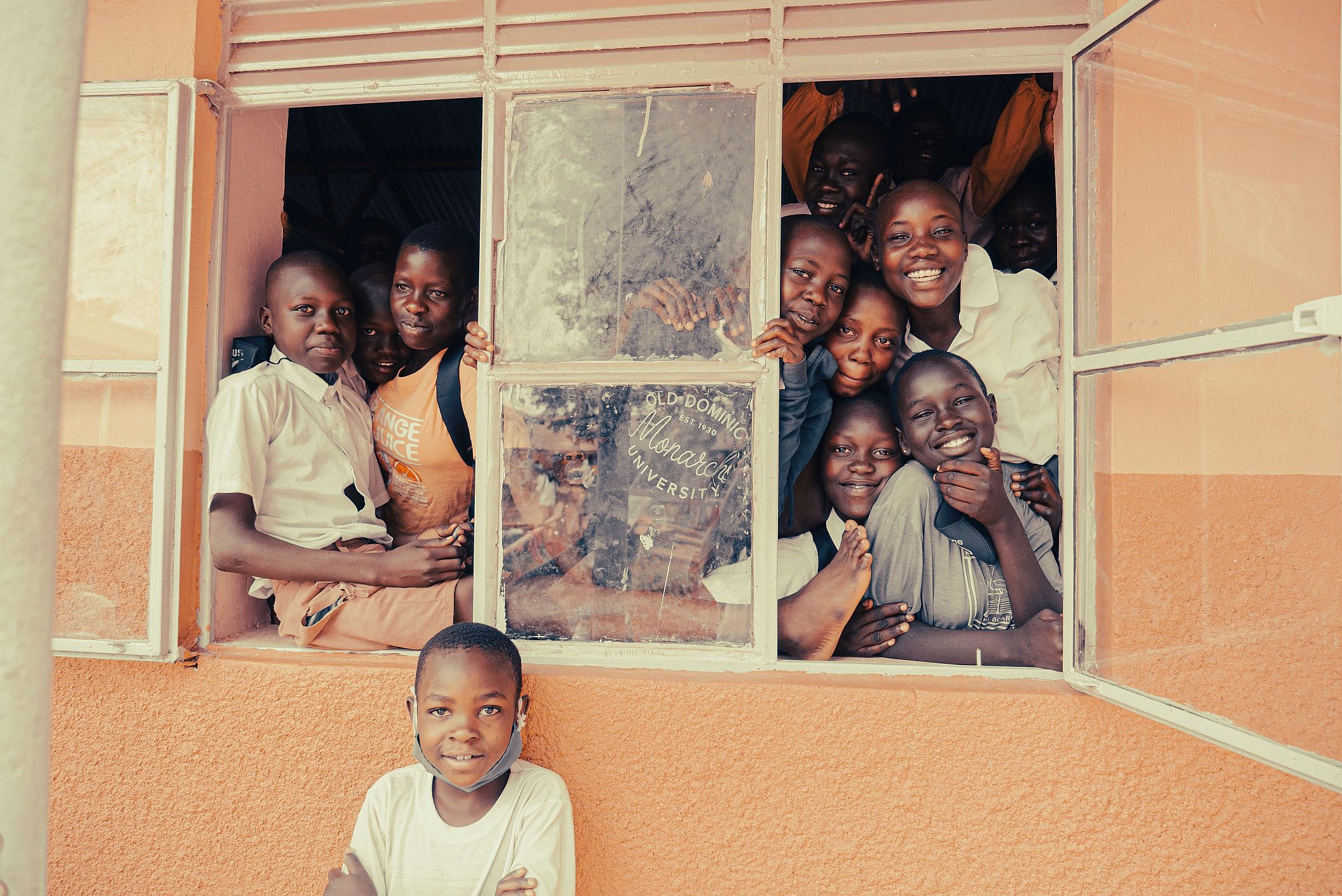
Located in Uganda’s West Nile region near the borders with South Sudan and the DRC, Arua is a commercial hub, transit centre, and destination for involuntary migrants fleeing conflict and seeking a better future.
In Arua City Centre, self-settled refugees make up 11% of the total population; the estimates are even higher outside of the city centre where the rent is more affordable.
The pattern of this movement has never been regulated or organised, and many of the migrants and refugees are unregistered and undocumented.
As a result, Arua faces severe pressure on key public services and infrastructure, such as housing, schools, hospitals, water, and sanitation. Without clear financing and planning modalities, local authorities are unable to meet the service needs of both refugees and host communities.
Arua previously partnered with Cities Alliance for the CRRF: Inclusive Urban Development and Mobility Action (2019–2023) funded by the European Union.

Koboko Municipality is the main municipal, administrative, and commercial centre of Koboko District in Uganda's West Nile Region, a major refugee-hosting area that borders the DRC and South Sudan.
A general decline in financing for refugee operations in West Nile has also driven migrants and refugees to relocate from settlements to the surrounding urban areas, and they are often unregistered and undocumented.
In Koboko, A study by VNG estimated that the self-settled refugee population is about 26% of the total projected population, or 23,000 people.
Koboko successfully implemented a pilot programme on managing migration and integrating refugees as part of the CRRF: Inclusive Urban Development and Mobility Action (2019–2023) funded by the European Union. The approach shows a strong potential for replication in the region.
Approach
The programme approach involves close collaboration with local and national authorities through direct funding and technical support to ensure ownership and integration of Displacement-Affected Communities (DACs) in urban planning processes. By engaging policymakers from the onset, the programme aims to secure long-term commitment and regular consultation with displaced communities.
SUIDAC will foster direct support activities that enhance the self-reliance and social cohesion of DACs, while mainstreaming gender equality and encouraging active civil society engagement. The programme also emphasises promoting green and climate-resilient economic activities to ensure sustainable development.
The programme builds on and expands the CRRF: Inclusive Urban Development and Mobility Action funded by the EU Trust Fund for Africa.
